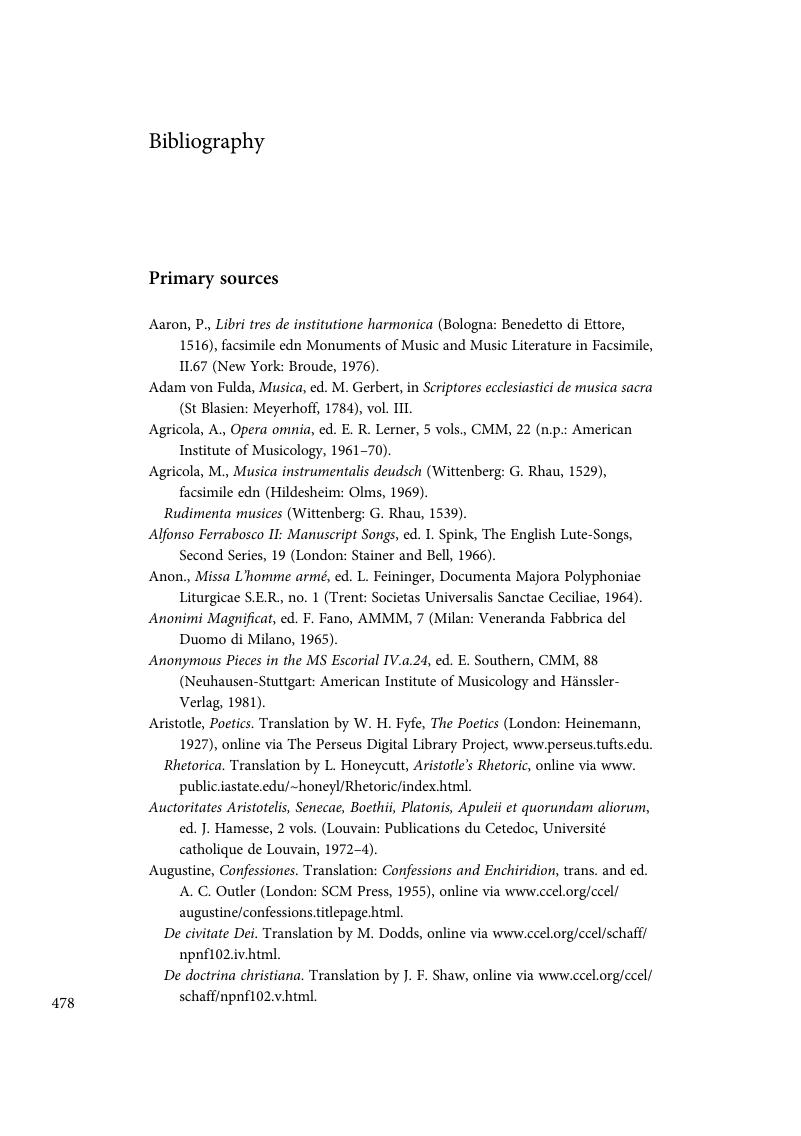Book contents
- Music and Riddle Culture in the Renaissance
- Music and Riddle Culture in the Renaissance
- Copyright page
- Dedication
- Dedication
- Contents
- Plates
- Figures
- Music examples
- Book part
- Glossary
- Manuscript sigla
- Printed music
- Introduction
- 1 The culture of the enigmatic from Classical Antiquity to the Renaissance
- 2 Devising musical riddles in the Renaissance
- 3 The reception of the enigmatic in music theory
- 4 Riddles visualised
- Conclusion
- Book part
- Bibliography
- Index of compositions
- General index
- References
Bibliography
Published online by Cambridge University Press: 05 May 2015
- Music and Riddle Culture in the Renaissance
- Music and Riddle Culture in the Renaissance
- Copyright page
- Dedication
- Dedication
- Contents
- Plates
- Figures
- Music examples
- Book part
- Glossary
- Manuscript sigla
- Printed music
- Introduction
- 1 The culture of the enigmatic from Classical Antiquity to the Renaissance
- 2 Devising musical riddles in the Renaissance
- 3 The reception of the enigmatic in music theory
- 4 Riddles visualised
- Conclusion
- Book part
- Bibliography
- Index of compositions
- General index
- References
Summary

- Type
- Chapter
- Information
- Music and Riddle Culture in the Renaissance , pp. 478 - 504Publisher: Cambridge University PressPrint publication year: 2015



